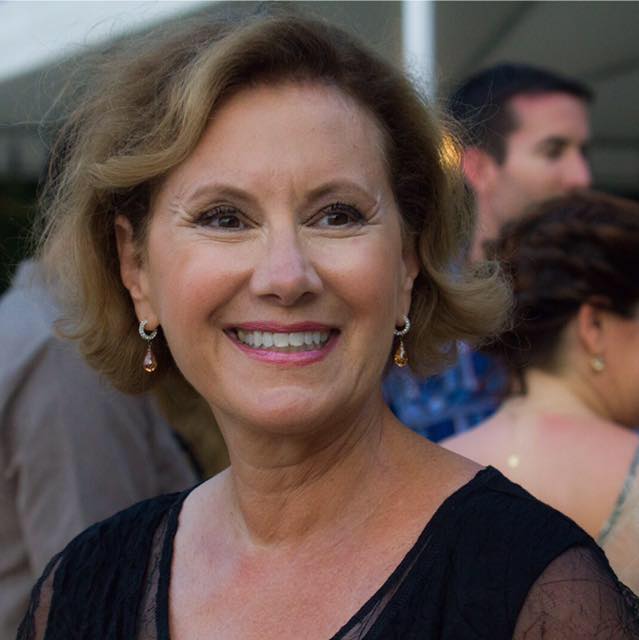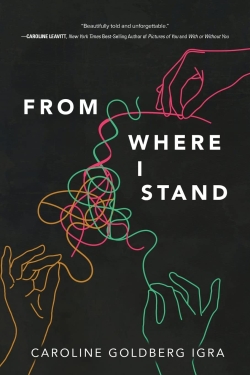Three generations of strong women, connected by DNA but distanced by interpersonal tensions, struggle to salvage their family ties in what could be called a coming-of-age story for all three of them.
Elizabeth, an attorney who lives with her husband Mike and teenage daughter Belle in North Dakota, can barely speak to her mother Lillian without seething with resentment. Their strained relationship dates to when Elizabeth was a young girl and felt Lillian's disapproval. Lillian, a critical and controlling mother, seems to be unable to "read the room" and her pointed, often tactless comments raise Elizabeth's hackles.
Lillian lives in New York City and is about as remote emotionally as she is geographically from her daughter. After years of estrangement, Elizabeth has pretty much written off a healthy relationship with Lillian. She vows to not make the same mistakes with Belle but finds that living with a moody teenager is sapping her patience and causing strain in the family. As a typical teen, Belle is trying to assert her independence and separate from her mother. Their fraught interactions are reminiscent of the struggles Elizabeth had with her own mother. As Elizabeth strives to repair the relationship, Belle, a talented musician, is presented with an opportunity to go to Julliard's pre-college program. But there's a catch. In order for it to be affordable, she will have to live with Lillian. Elizabeth is torn between wanting the best for her daughter yet panicked at the thought of Lillian having a significant role in raising Belle. Because Belle truly wants to attend Julliard, Elizabeth gives in against her better judgment.
As for Lillian, she is delighted about Belle's acceptance into the program, but also thinking of the status that a granddaughter enrolled in Julliard will give her, she reflects:
"Of course, I also stood to benefit. How wonderful to be the hosting grandmother, attending special concerts and assorted events at Lincoln Center, rubbing shoulders with the hoi polloi. I could already feel the benefits of all the attention. I'd have to get a whole new wardrobe! This whole arrangement was certain to push me right into the limelight, and I couldn't wait."
Belle's experience in New York is rife with problems. Lillian is ill-equipped to deal with teenage angst, and Belle isn't sure the big city life is for her after all. In the meantime, back in North Dakota, Elizabeth has become a mentor for a troubled teenage girl who has been taken from her home because of her mother's inability to care for her. Unlike the rebellious Belle, Julie would like nothing more than a loving relationship with her mother. Ultimately it is a friendship that develops between the two teens that provides the path to healing for everyone.
The family's connection to Judaism is an important thread in this novel. Lillian is active in her New York synagogue, Temple Emanuel, and Elizabeth, Mike and Belle are involved in their synagogue, Beth Abraham, a friendly congregation that welcomed them warmly when they were newcomers to the Grand Forks community. Elizabeth regards her rabbi as a trusted advisor and friend and finds sanctuary in her synagogue.
At one point in the story, Elizabeth ruminates:
"I never did figure out how the temple community knew of our arrival and the extent to which we were floundering. In the end, answers to these questions were far less important than the result of their invitation, smoothing our very bumpy start and making absolutely everything easier, more manageable. For Mike, Belle, and me, the Beth Abraham congregation quickly became a source of strength and support."
Igra does a good job of making each of the three female characters multi-dimensional, imperfect, and therefore believable. Despite their difficulties, the women know in their hearts that the love is there just under the surface. As Igra states in her acknowledgements, her interest in the subject of mothers and daughters propelled her to study the relationship through observation and by reading about examples in modern literature. I think we can all recognize elements of these characters, perhaps some closer to home than we would like to admit.



